The Newbie Agency Marketer’s Guide to Google Analytics 4 ROI

Despite the drastic changes in the data models and interface, calculating ROI on Google Analytics 4 (GA4) has, fortunately, remained the same.
Your ROI gives you a broad view of what's working in your marketing strategy. To grasp the nuances and complexities of your campaigns, you need to investigate further the metrics that directly impact revenue growth.
This guide walks you through calculating the profits from your marketing efforts in this next generation of Analytics and recommends the metrics to get you started.
- Recap: What is ROI in Google Analytics 4?
- Why Measure? 4 Reasons to Sway Numbers-Phobic Marketers and Business Owners into ROI Tracking
- How to Calculate ROI in Google Analytics 4
- Introducing DashThis: A Powerful Reporting Tool for Tracking GA4 ROI
- Automate Google Analytics ROI Reporting with DashThis Today!
Recap: What is ROI in Google Analytics 4?
Return on investment (ROI) in Google Analytics 4 is the total profit generated from your marketing investments.
It’s calculated using the following formula:
[(Total revenue - marketing expenses) / marketing expenses] x 100%
5 Metrics to Calculate Your Marketing ROI in Google Analytics 4
With the deluge of metrics in GA4, it’s hard to know which are worth your time. Treat the metrics below as a starting point to gauge how your digital marketing efforts impact ROI.
(i) COVERSION RATE
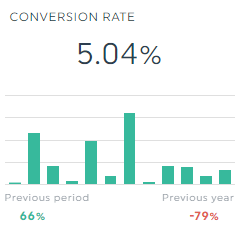
What it is:
Conversion rate (CVR) is the percentage of users who completed a valuable action measured against the total number of visitors over a specific time.
How to improve your conversion rate if you don’t know where to start:
- Optimize copy or content with voice-of-customer data
- Focus on search queries with high buying intent (e.g., category keywords, comparison and alternative keywords)
- Enhance user’s experience on landing page (e.g., improve page speed, implement F-shaped pattern for reading)
(ii) COST PER ACQUISITION
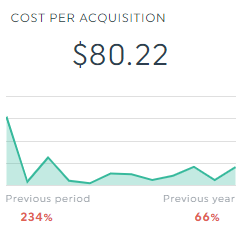
What it is:
Cost per acquisition (CPA) is the price you pay for every customer acquired.
How to improve your cost per acquisition if you don’t know where to start:
- Adjust budget according to top-performing regions (i.e., geo-segmentation)
- Run retargeting campaigns for users who left your site without completing action (e.g., benefits-focused ads for shoppers who abandoned carts)
- Improve Quality Score to boost clickability (note: the higher the Quality Score, the lower the CPA)
(iii) CUSTOMER LIFETIME VALUE
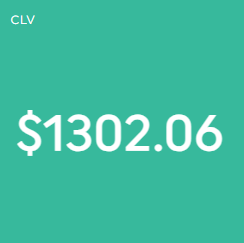
What it is:
Customer lifetime value (CLTV) is the total worth of a single customer throughout their relationship with your business.
How to improve your customer lifetime value if you don’t know where to start:
- Cross sell and upsell high-value customers with premium products
- Reduce customer churn (e.g., invest in a dunning management tool to combat delinquent churn)
- Assign a dedicated CS manager to support customers in post-sale experience
(iv) RETURN ON AD SPEND

What it is:
Return on ad spend (ROAS) is the revenue you get back for each dollar spent on advertising.
How to improve your return on ad spend if you don’t know where to start:
- Adjust your maximum bid to cut ad costs
- Increase average order value
- Set up a tiered remarketing ad campaign (e.g., Tier A: customers who abandoned cart, Tier B: customers who viewed a product but didn’t add it to cart)
(v) REVENUE

What it is:
Revenue is the total amount of money your company generates.
How to improve your revenue if you don’t know where to start:
- Align all revenue-focused departments to improve customer experience (e.g., get sales and customer success to work closely together to improve the hand-off process)
- Invest in a fully featured contact scoring platform to automatically identify leads, at-risk customers, and buyers with cross- and upsell potential
- Work on improving the metrics above! They have a direct impact on revenue growth.
Why Measure? 4 Reasons to Sway Numbers-Phobic Marketers and Business Owners into Tracking Their ROI
Your ROI gives you a big-picture view of what's working in your entire marketing strategy.
On a micro-level, you:
Understand the impact of every marketing campaign & identify areas of improvement
Sifting through the noise to find patterns and outliers is a job in and of itself.
Peter Hoopis segmented his audience after analyzing his ad returns.
The owner of Hoopis Pickleball investigated their age, location, shopping habits, and site engagement before dividing them into three distinct groups: beginners, intermediates, and advanced players.
All categories were shown different ads. For example, while beginners saw ads promoting starter kits and beginner-friendly tips, the advanced players were shown tournament updates and top-tier gear.
“We made each ad feel personal,” says Hoopis. “Like it was made just for them and not some generic message. This stretched our ad dollars further and drove more conversions and happier customers.”
By tracking ROI for all campaigns, channels, and content, you can identify what works immediately and growth opportunities with zero guesswork.
Know how to allocate resources effectively
When a client’s conversions dipped after migrating to GA4, Banish Angural became concerned.
A deeper analysis of the new attribution models led to a fascinating insight: Display advertising and social media, both previously undervalued channels, played a bigger role in nurturing leads than he realized.
“It completely transformed our budget allocation and campaign optimization strategy,” shares the owner of Banish Media.
Instead of only seeing where conversions happen, Angural can now analyze how different channels influenced the path to purchase and allocate resources accordingly.
“This has been a game-changer, particularly for businesses with longer sales cycles.”
And best of all, demonstrate the value of marketing to stakeholders
Following the tactics shared above, you’ll have a much easier time backing up the next quarter’s campaign to stakeholders.
How to Calculate ROI in Google Analytics 4
The hard part of ROI tracking is determining the conversion value for non-transactional activities in service-based businesses (e.g., assigning a monetary value to leads who downloaded a high-intent whitepaper).
“You really need to understand customer lifetime value, the business, and moving pieces involved,” explains Henrique Figueiredo, senior SEO strategist at Sure Oak Agency.
What Figueiredo means is working closely with key departments and management to figure out an estimated value for customers.
For example, if you want to calculate the conversion value for an enterprise client, collaborate with sales and customer success and consider metrics like expansion, annual recurring revenue, and revenue per channel.
Once you land on a ballpark figure, you'll better understand what’s working in your strategy.
“You can start diving into the channels, initiatives, products, service lines, etc. that drive the most revenue and highest ROI.”
e-Commerce tracking is fairly straightforward in Google Analytics 4.
The best way to do this is through conversion tracking.
Let's imagine you want to increase product purchases for a health supplement e-Commerce store.
Here's how a typical step-by-step process might look like:
(i) Choose a conversion source (website)
(ii) Name the conversion (supplement purchases)
(iii) Pick a category to describe the conversion (purchase/sale)
(iv) Select value of each conversion
(v) Define number of conversions to count per click or interaction
(vi) Complete set-up for remaining fields (conversion window, attribution model, etc.)
(vii) Install the tags (global site + event) to your website to record the conversions.
To access your conversions, review the conversions column.
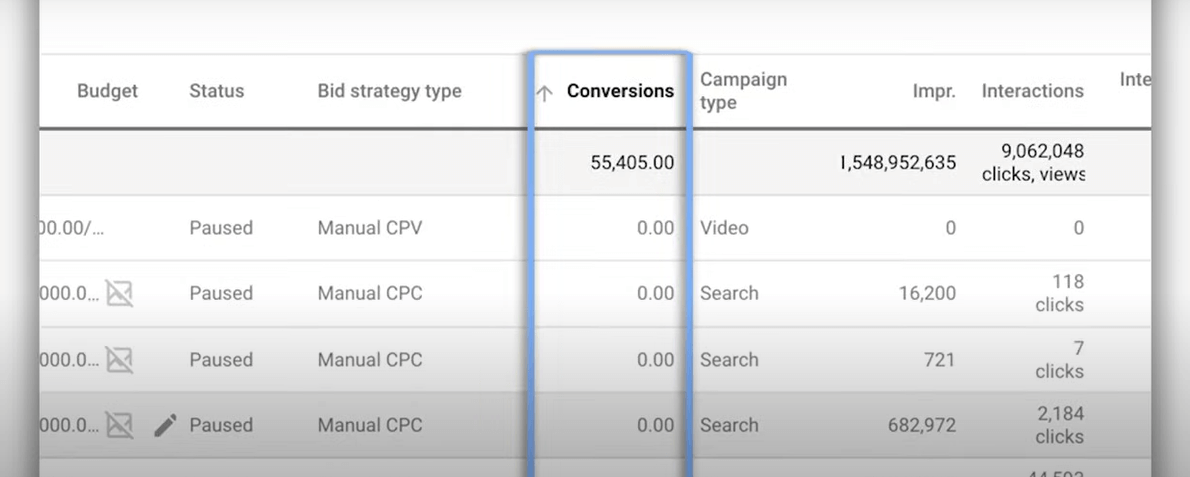
Next, calculate your ROI using the formula:
[(Total revenue - marketing expenses) / marketing expenses] x 100%
Let's assume your health supplements cost $5,000 to produce; and each bottle retails at $50. You spent a total of $1,500 promoting them, finally clocking in $7,500 in sales.
To calculate marketing ROI:
Marketing ROI: [($7,500 - $1,500) / $1,500] x 100% = 400%
Introducing DashThis: A Powerful Reporting Tool for Tracking GA4 ROI
DashThis is the easiest Google Analytics reporting tool.
Automatically grab your entire marketing data from Google Analytics 4 into one beautiful report.
Agencies that automate their dashboards on our powerful tool enjoy features like:
- Unlimited users, client accounts, and data sources no matter what plan you’re on
- Over 40 beautiful templates with pre-built popular metrics—perfect if you don’t know where to begin
- Multiple sharing options to suit different needs (e.g., automatic email dispatch for busy marketers, PDFs to hand out in face-to-face meetings)
- Built-in notes and comments to provide more context around erratic metrics
DashThis also integrates with over 40 analytics tools (e.g., LinkedIn Ads, Ahrefs, Google Search Console).
Create a standalone Google Ads report. Or an all-in-one dashboard that displays your PPC ads, email marketing, and social media data in one place.
This way, you easily analyze your overall website performance in a single interface, gaining back hours of your valuable time.
3 quick steps to measure Google Analytics ROI on DashThis:
- Connect Google Analytics account with DashThis
- Select a pre-made report from 40+ free report templates
- Choose your metrics in Preset Widget
DashThis will automatically gather the metrics into the report. Drag and drop them to form a cohesive look.
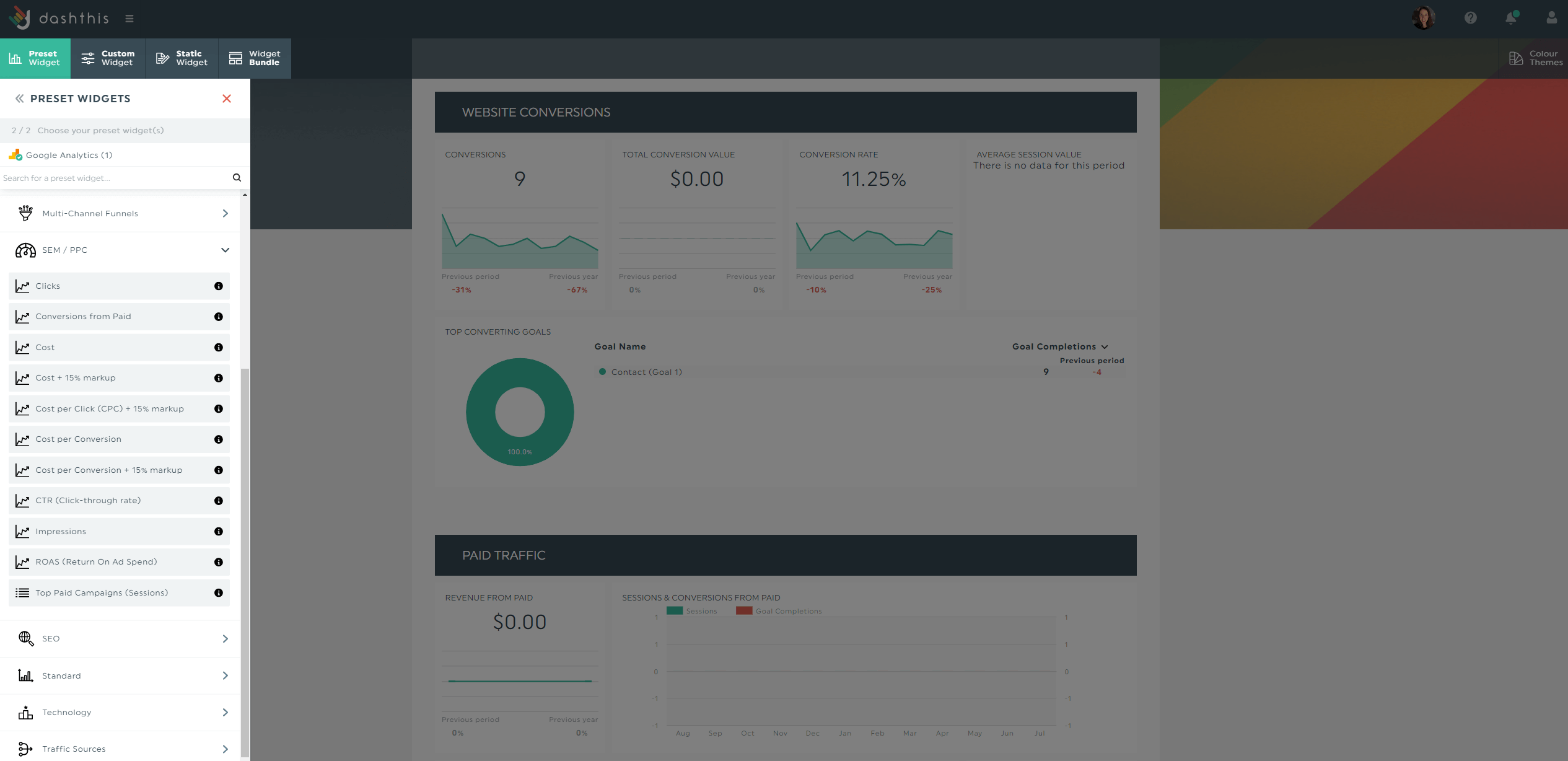
Customize your ROI report.
Let’s say you want to explain how the next campaign will keep prospects engaged across different touchpoints.
Click Static Widget > Comment.

Share your strategy accordingly and click Save.
For bite-sized information (e.g., defining marketing acronyms like lead generation or providing brief context for an erratic metric), use our notes widget.
Hover to the metric and click Add Note.
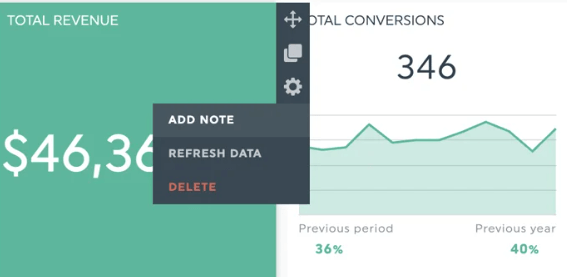
Include your text and click Save.
Once you’re done, schedule an automated email dispatch.
Here’s how it works:
- Hover to the Sharing Options icon on the top right
- Click Share by Email
- Set the dashboard period and frequency
- Click Schedule
Add an optional note and include the report as a PDF attachment.
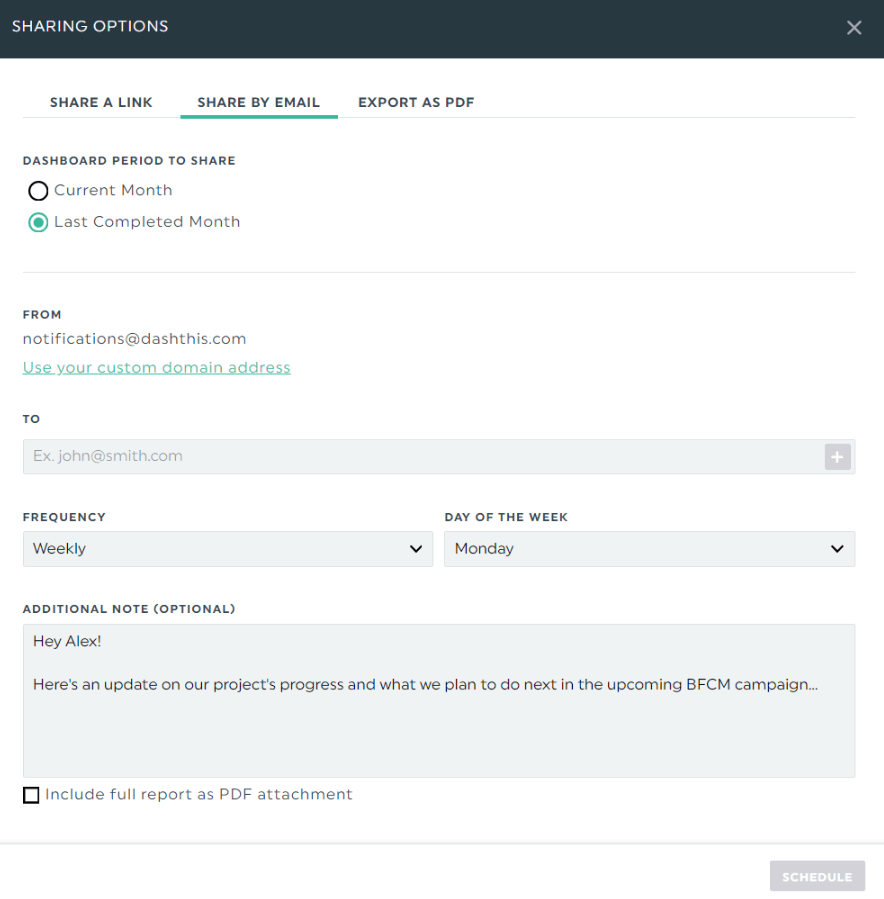
Alternatively, send over the report via a shareable URL link.
Both options let stakeholders view the ROI report in real time.
Start your free 15-day trial to automate your ROI reports today.
KPI report template
Whether it's strategizing the next move in your content marketing strategy or distributing the marketing budget across a dozen channels, you need a bird’s-eye view of past performance before you make a decision.
This digital marketing report got you covered.
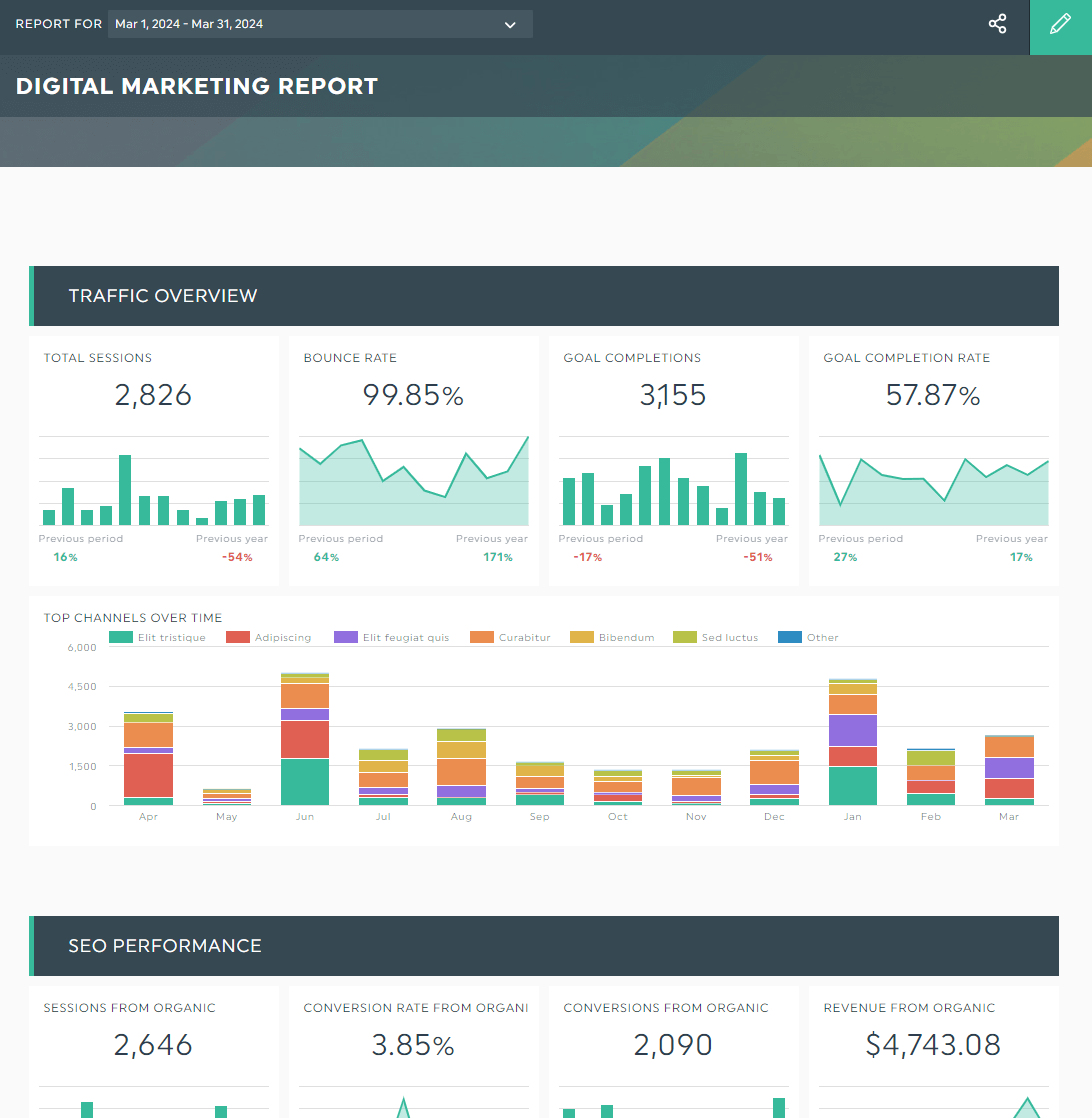
Grab this KPI report template with your own data!
Automate Google Analytics ROI Reporting with DashThis Today!
Google Analytics 4 ROI gives you a big-picture view of what's working in your entire marketing performance. To gain a nuanced view of the entire customer journey and your marketing efforts, start with the five metrics above.
For best results, track it with DashThis.
Create your reports in the blink of an eye and customize them to fit every client’s unique needs. With our “set it and forget” email dispatch, you gain back hours of your time and free up space for value-added activities.
DashThis is the easiest reporting tool. Automatically gather your entire data across your favorite marketing channels into one beautiful report.
Start your free 15-day trial to automatically measure ROI today.
Ready to track your Google ROI ?
Read More
Don’t miss out!
Automate your reports!
Bring all your marketing data into one automated report.
Try dashthis for free
